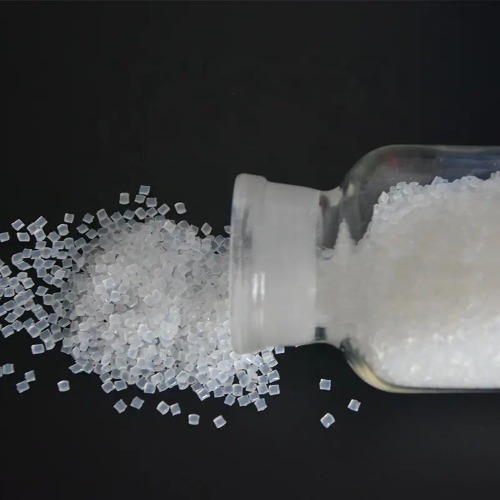1. Technical breakthroughs in high-performance Synthetic Fiber
(1) Super strong mechanical properties and lightweight
Traditional Synthetic Fibers such as nylon and polyester have been widely used in everyday textiles, while the next generation of high-performance Synthetic Fibers such as aramid, carbon fibers and ultra-high molecular weight polyethylene (UHMWPE) have excellent strength, modulus and impact resistance. For example, carbon fiber can reach 5 times the strength of steel and weigh only 1/4, making it the first choice for lightweight aerospace and automobiles.
(2) High temperature resistance and corrosion resistance characteristics
In extreme environments, ordinary fibers are prone to degradation, while polyimide fibers (PI Fiber) and polyphenylene sulfide fibers (PPS Fiber) can remain stable at high temperatures above 300°C or under strong acid and alkali conditions. They are suitable for industrial protection, fire protection equipment, petrochemicals and other fields.
(3) Intelligent fiber and functional innovation
In recent years, the research and development of intelligent Synthetic Fiber has made important progress, such as:
Conductive fibers: embedded in graphene or silver nanowires, which can be used in smart clothing and flexible electronic sensors.
Temperature-controlled fiber: The addition of phase change materials (PCM) enables the fiber to automatically adjust the temperature, and is suitable for outdoor sports equipment and medical textiles.
Self-healing fiber: Automatic repair after damage is achieved through microcapsule technology, extending product life.

2. Analysis of industry application prospects
(1) Aerospace and national defense fields
High-performance Synthetic Fiber plays a key role in aircraft fuselage, satellite components, bulletproof armor, etc. For example:
Carbon fiber composites are used in Boeing 787 and Airbus A350, significantly reducing fuel consumption.
Aramid fiber is used in body armor and helmets to provide high protection.
(2) Intelligent textile and wearable devices
With the popularity of the Internet of Things (IoT), intelligent Synthetic Fiber is driving the textile industry to transform into high-tech:
Biosensing fibers can monitor heart rate and body temperature and are used in medical and health monitoring clothing.
Optical fibers are embedded in fabrics to achieve luminous clothing and dynamic display.
(3) Environmental protection and sustainable development
Traditional Synthetic Fiber relies on petroleum-based raw materials, while bio-based synthetic fibers (such as PLA fibers) and recyclable polyester (rPET) are becoming new trends in the industry. Some enterprises have achieved commercial production of waste fishing nets and plastic bottles to promote the circular economy.
3. Future challenges and development directions
Despite the broad market prospects for high-performance Synthetic Fiber, it still faces the following challenges:
High production cost: The preparation process of high-end materials such as carbon fiber is complex, which limits large-scale applications.
Recycling problems: Some high-performance fibers are difficult to degrade, and more efficient recycling technologies are needed.
Functional balance: How to optimize strength, flexibility and intelligent functions at the same time still need breakthroughs.
In the future, the industry will focus on:
Nanotechnology improves fiber properties (such as graphene reinforced fibers).
Green manufacturing process (reduces energy consumption and pollution).
Cross-industry collaboration (the fusion of materials science, textile engineering and electronics technology).






